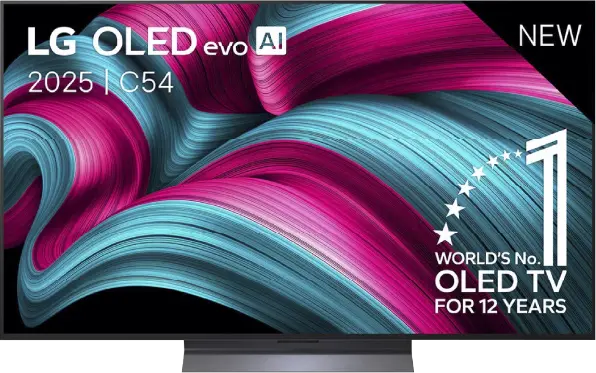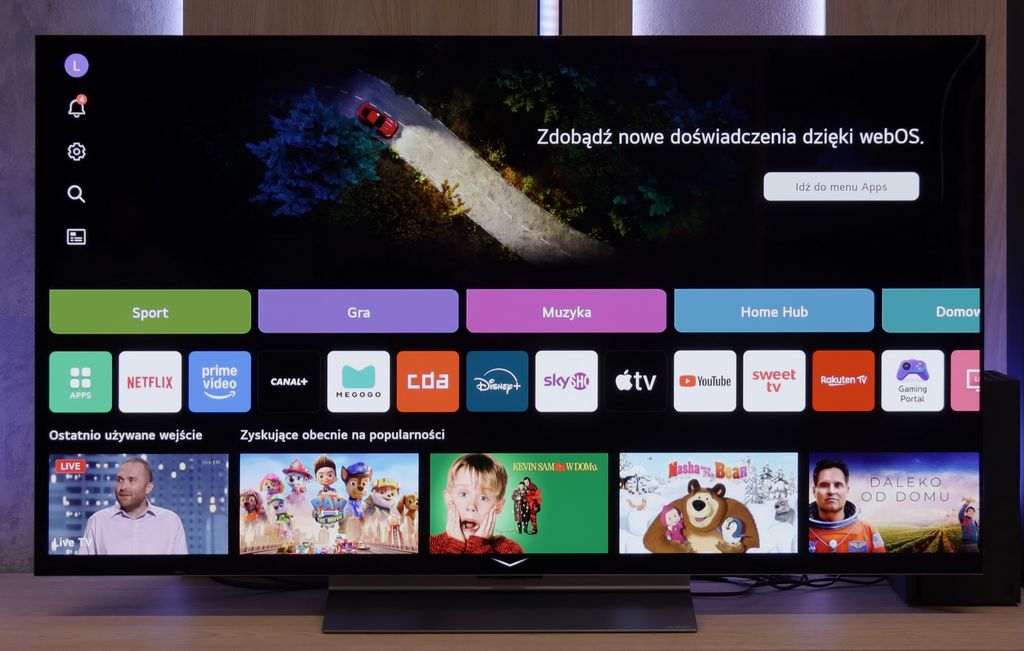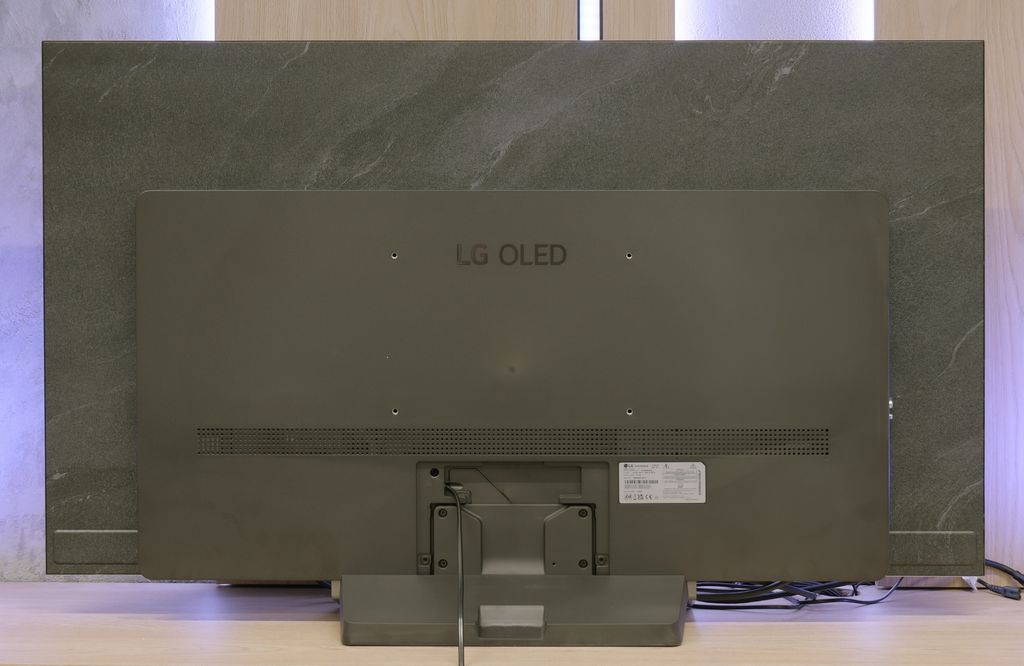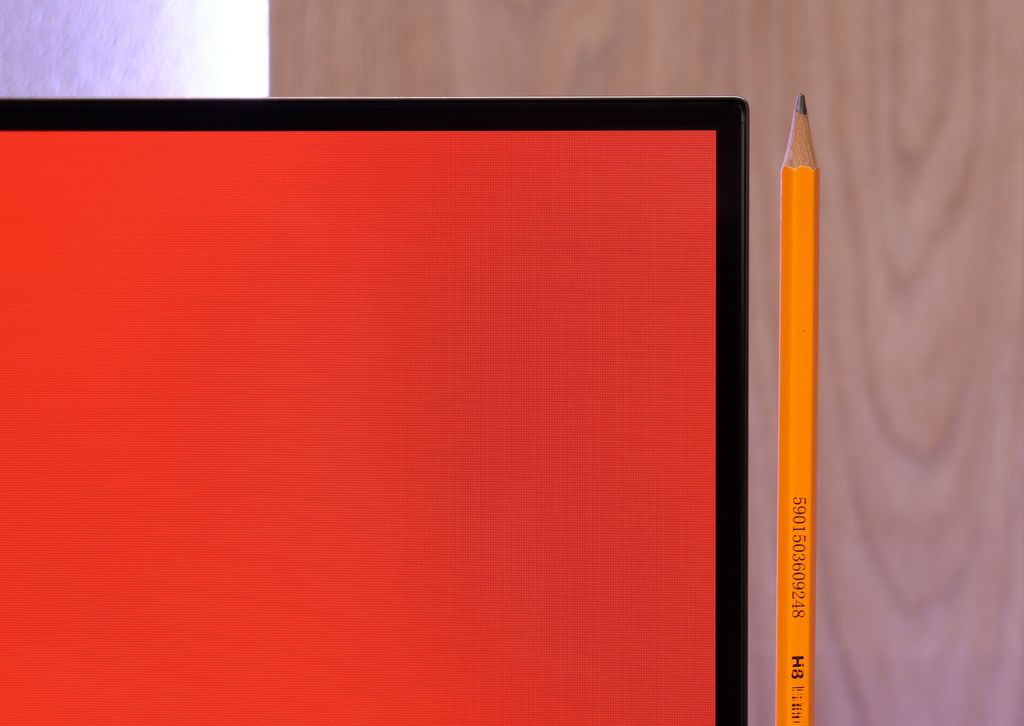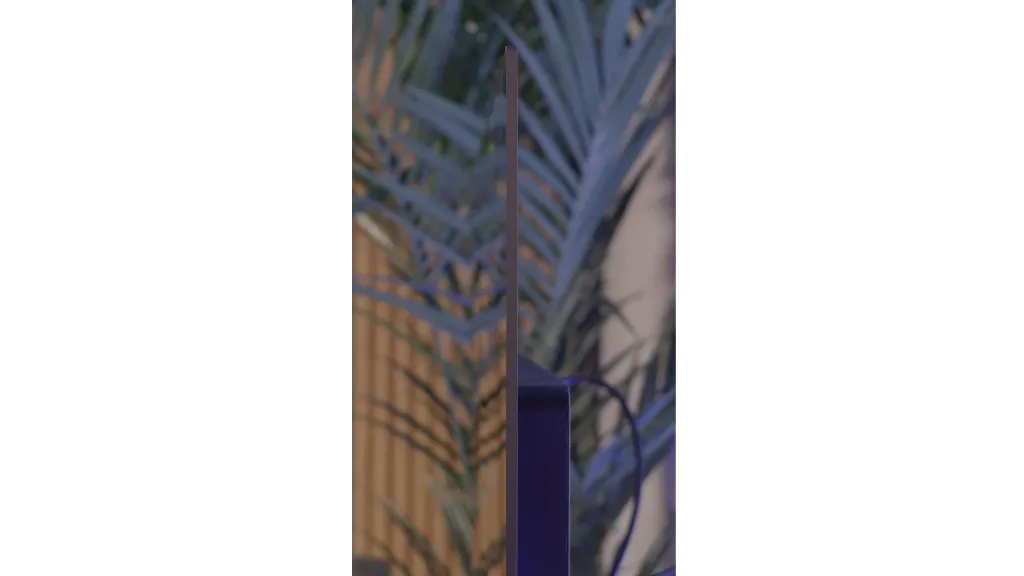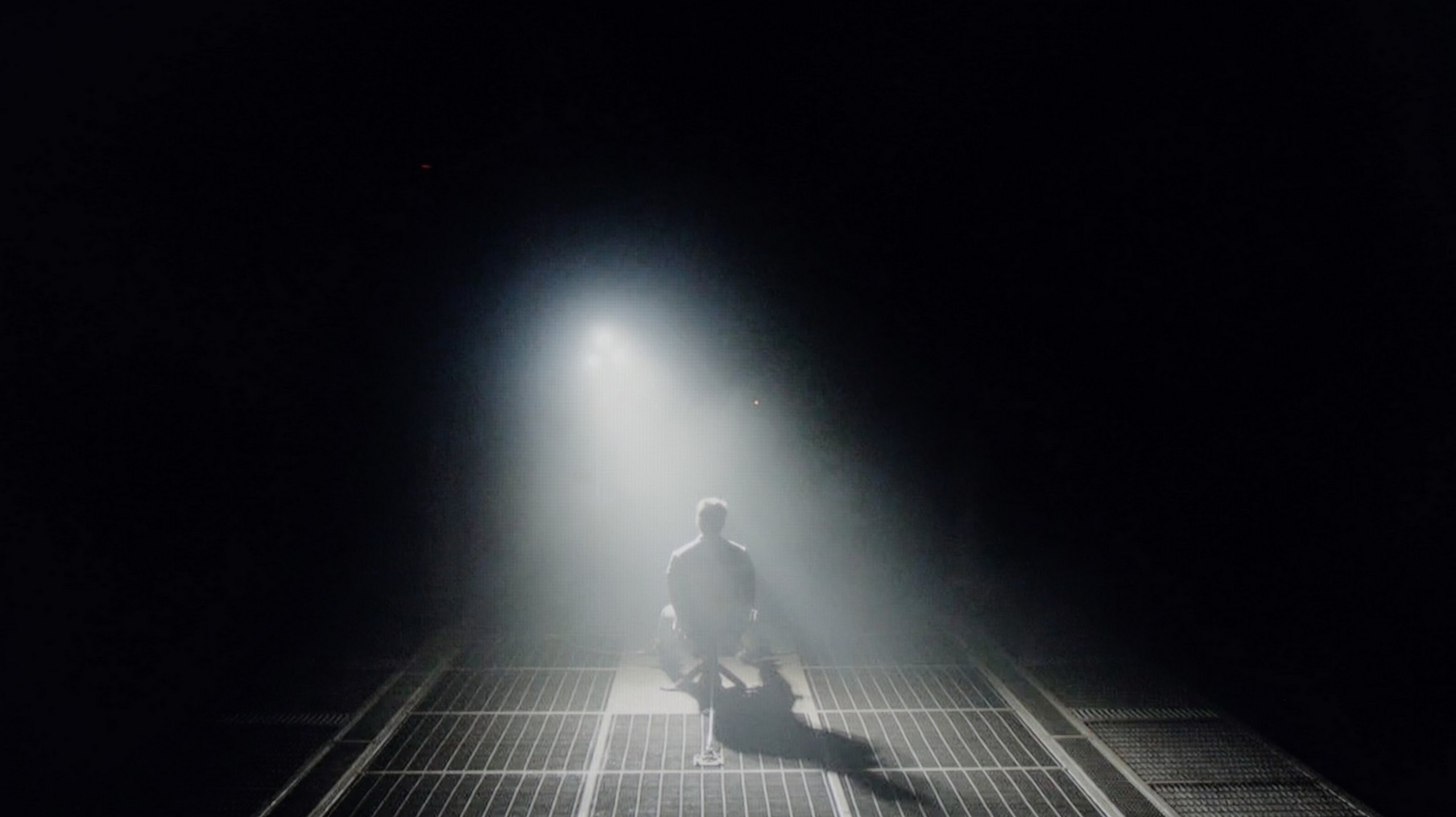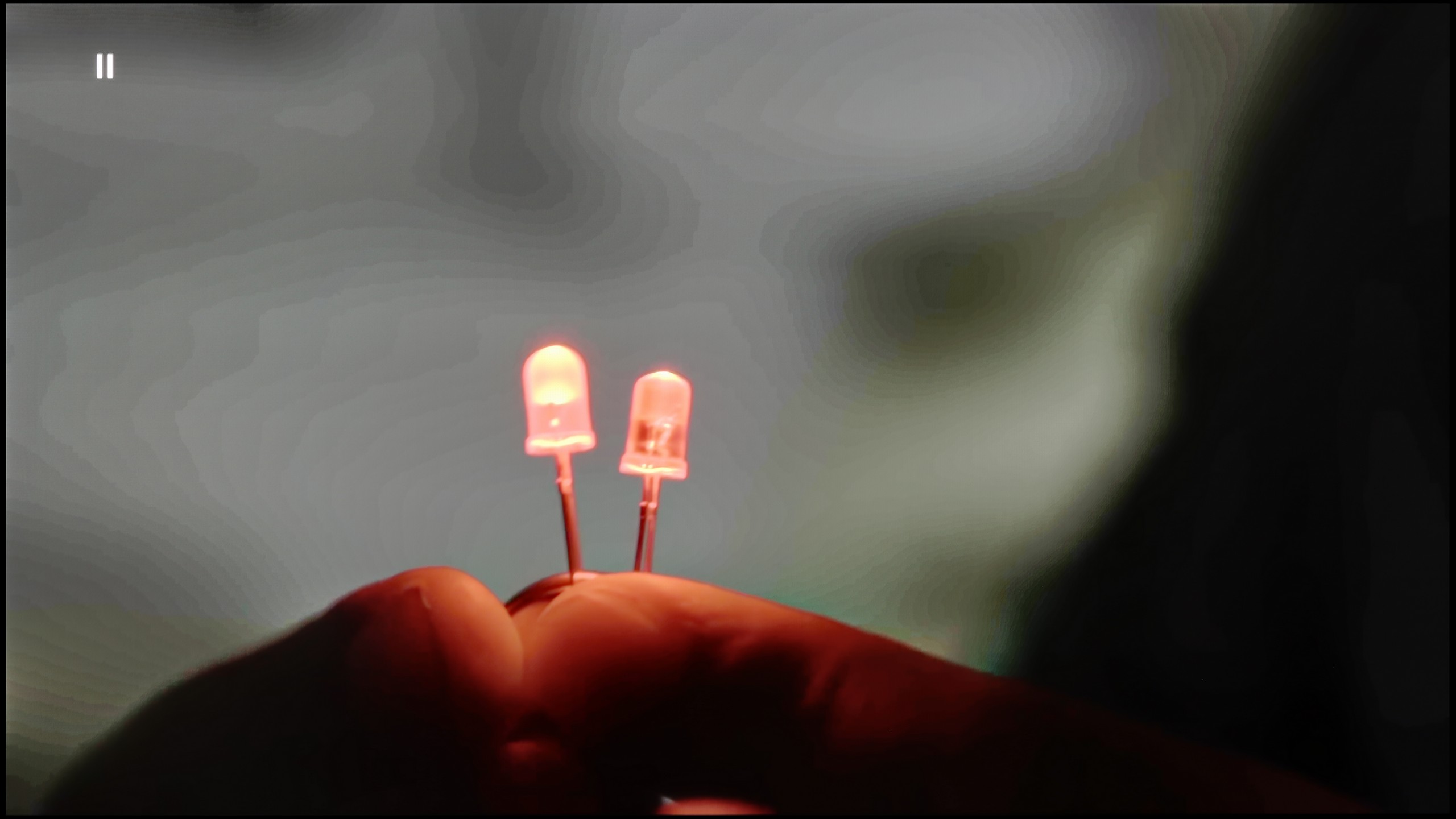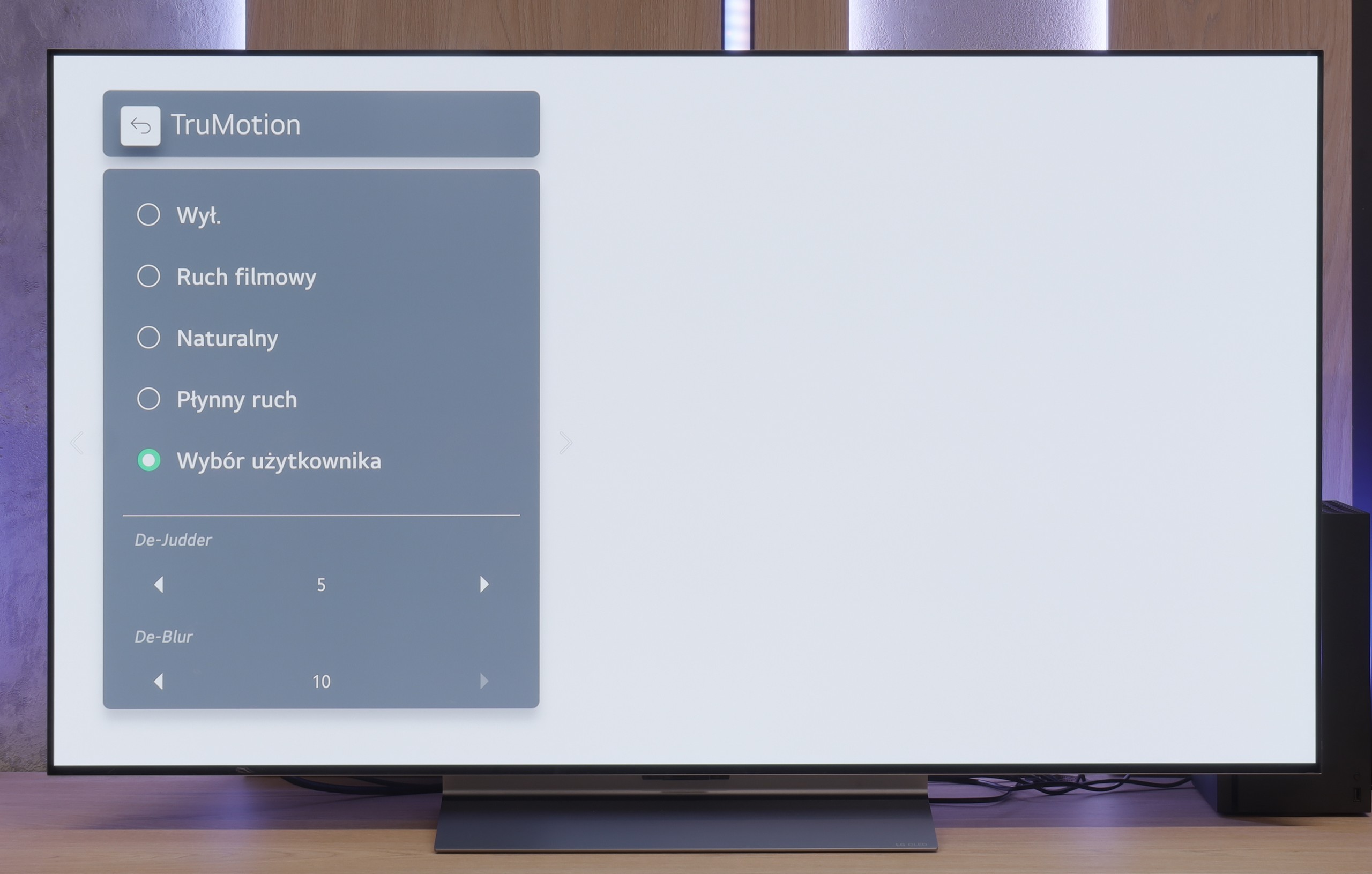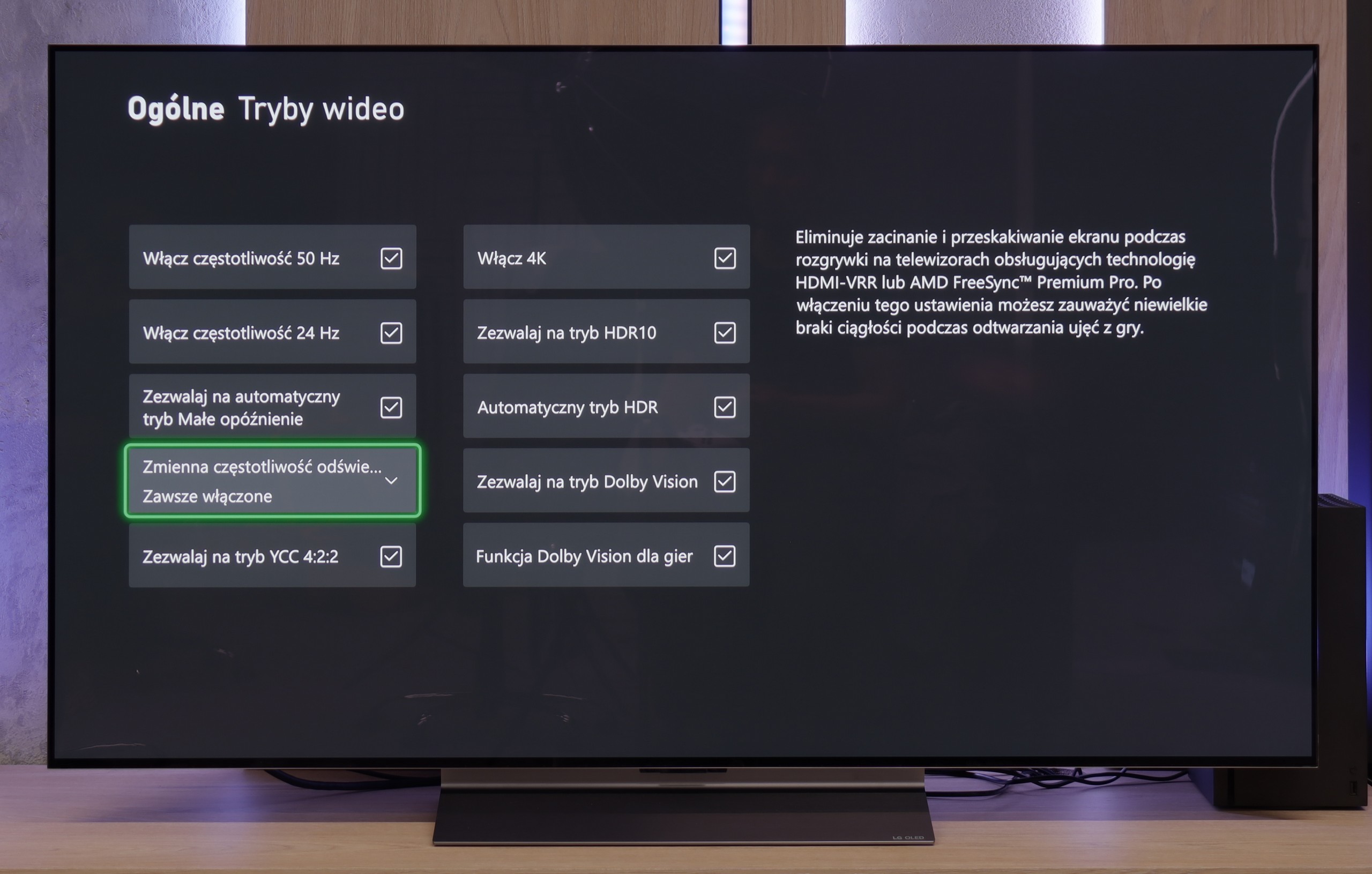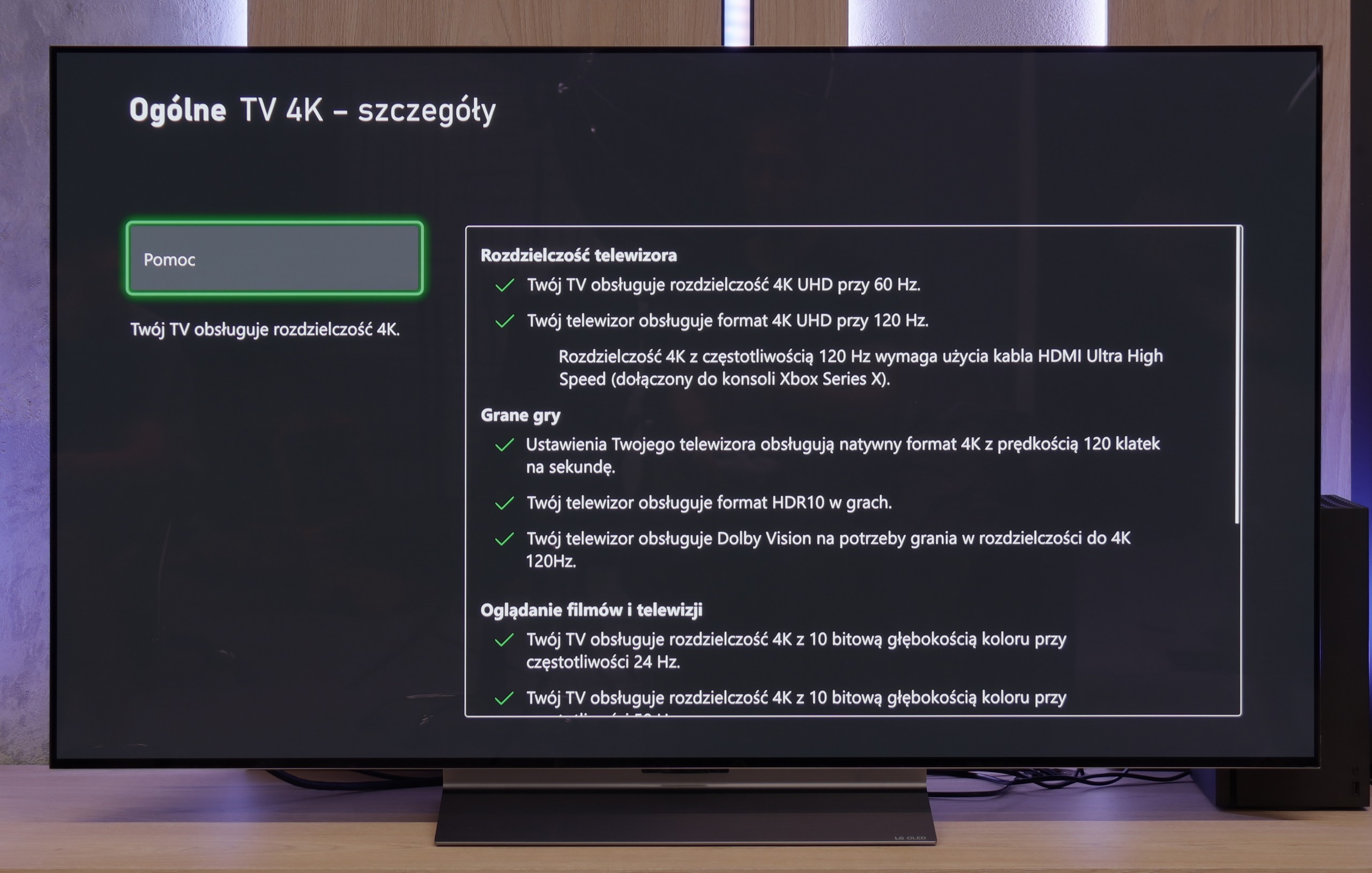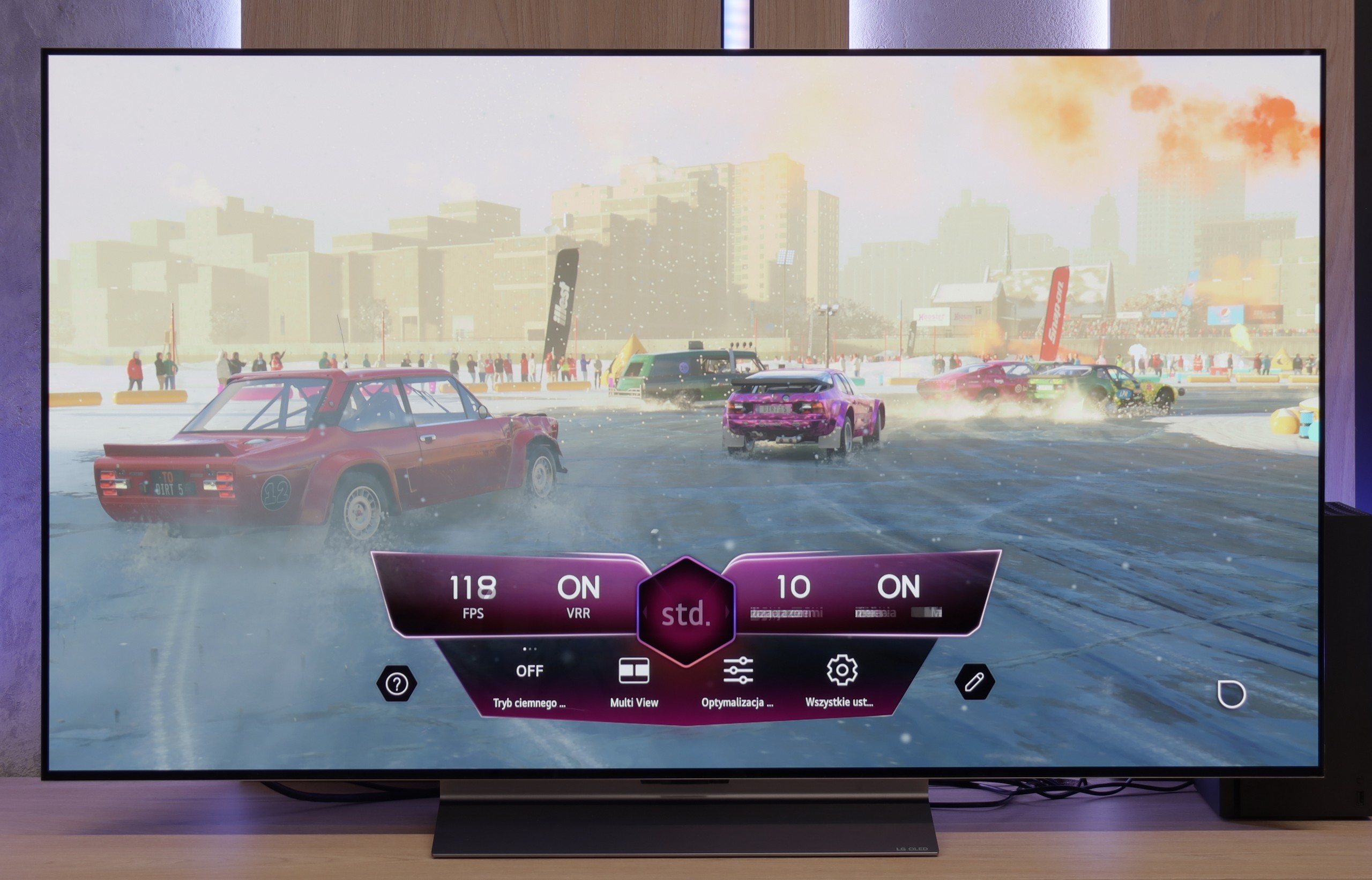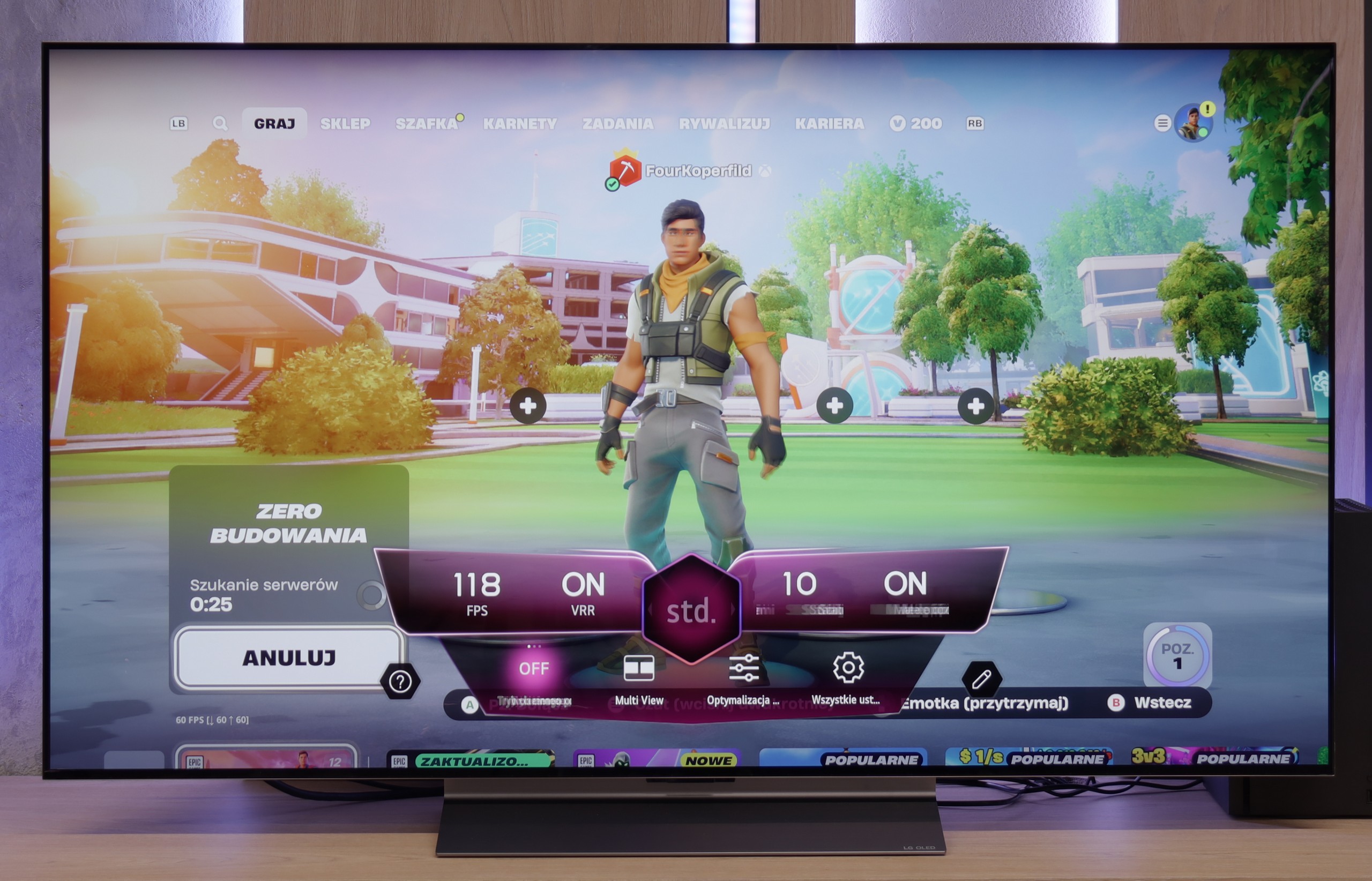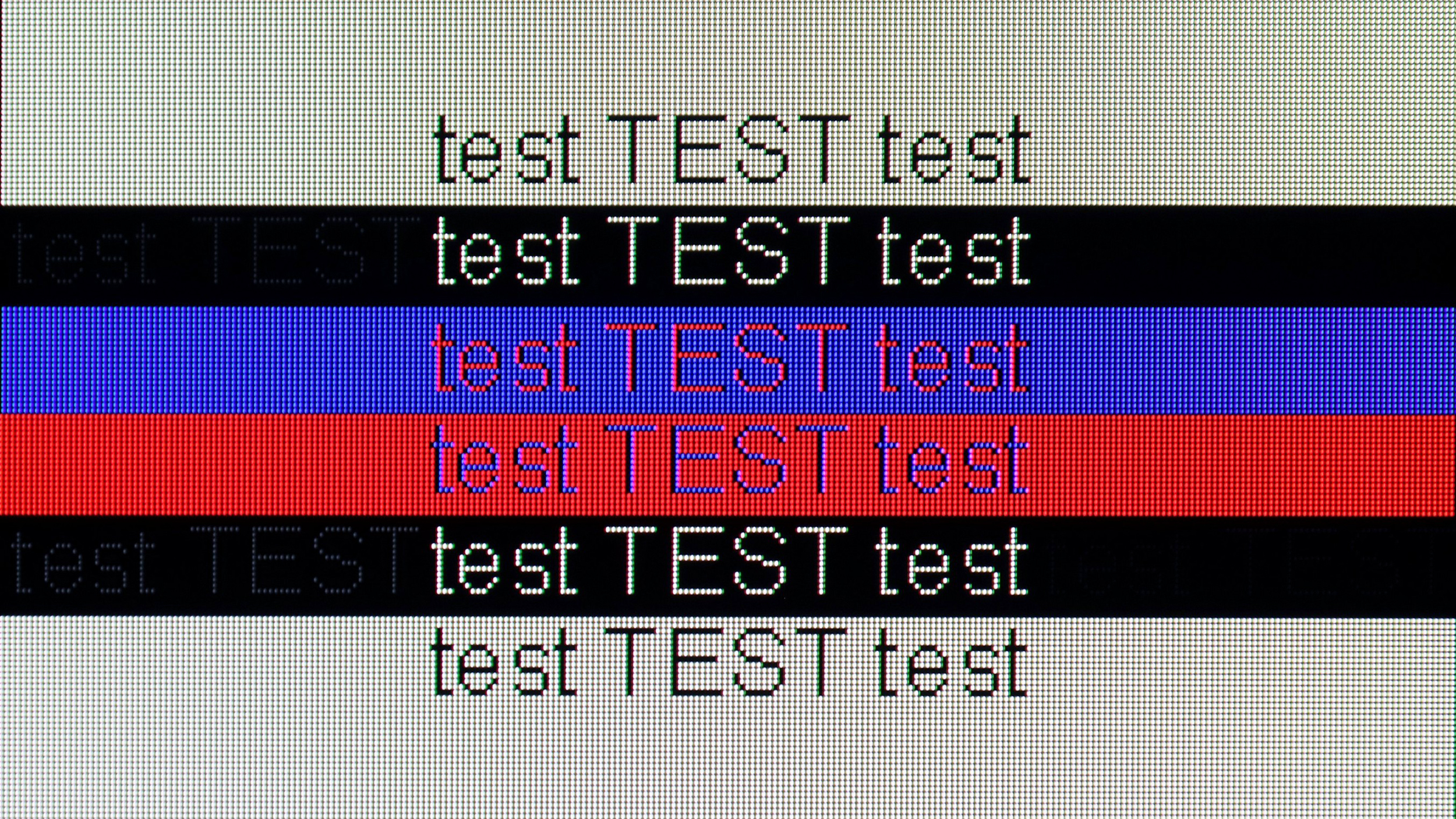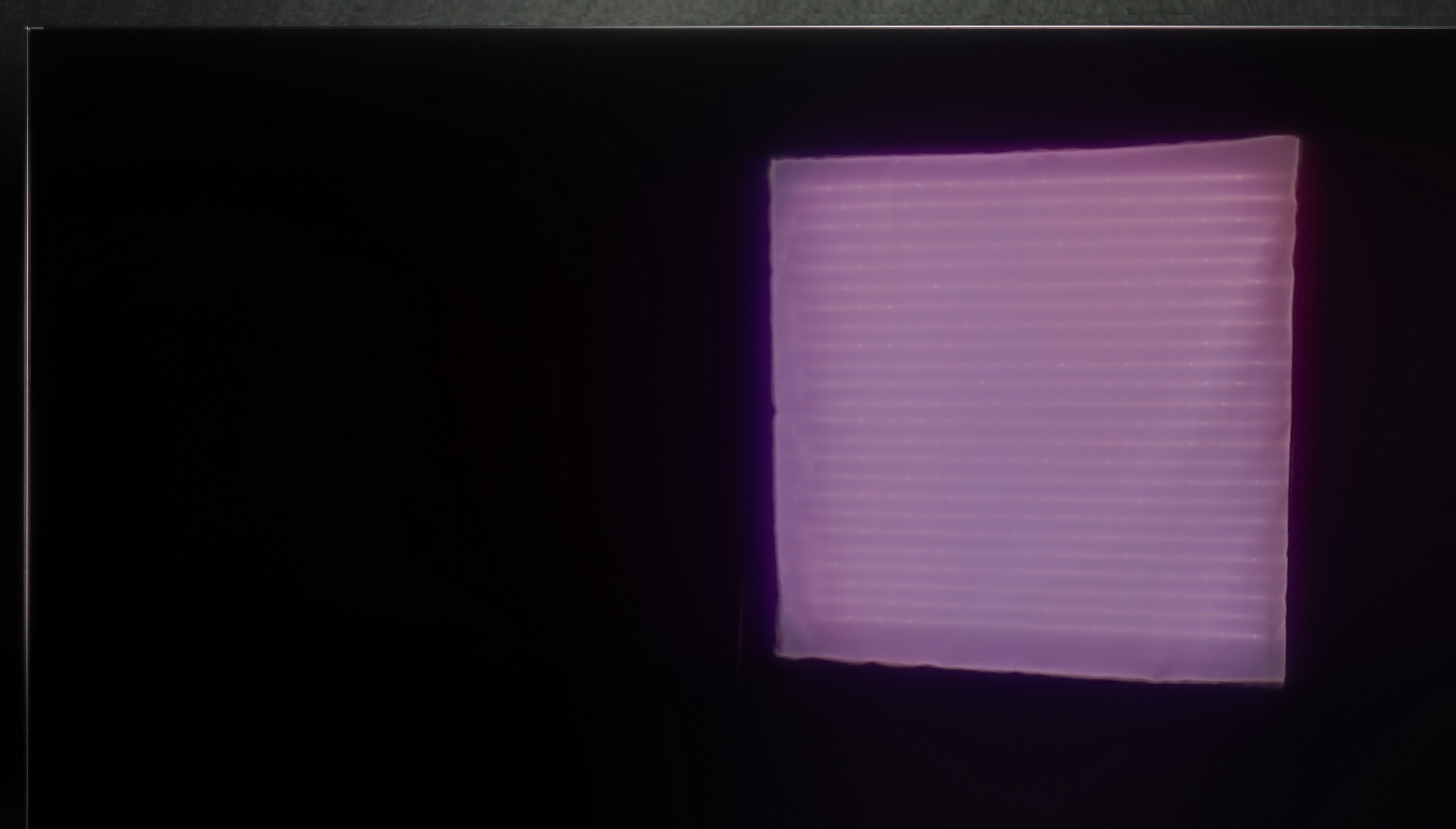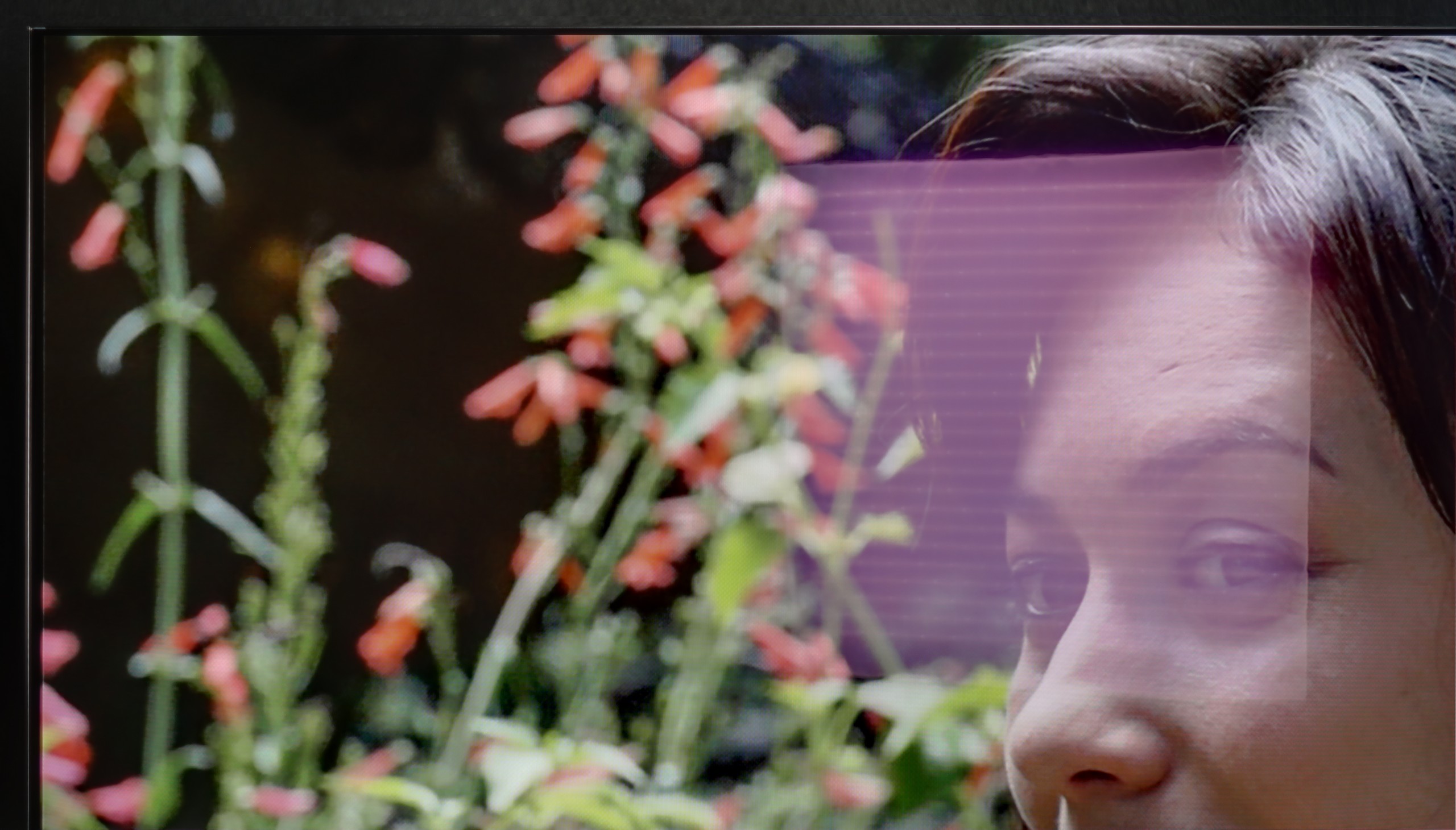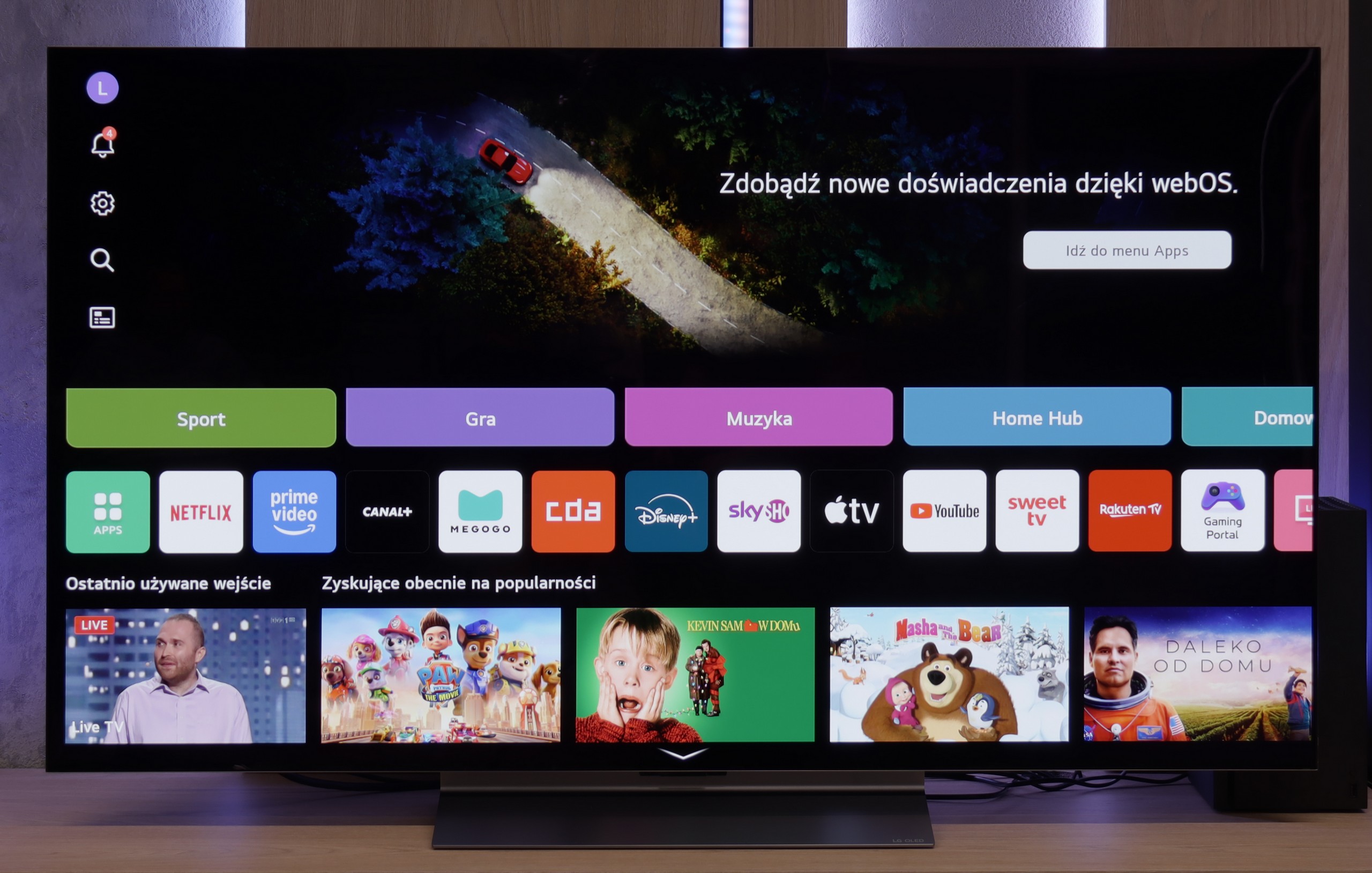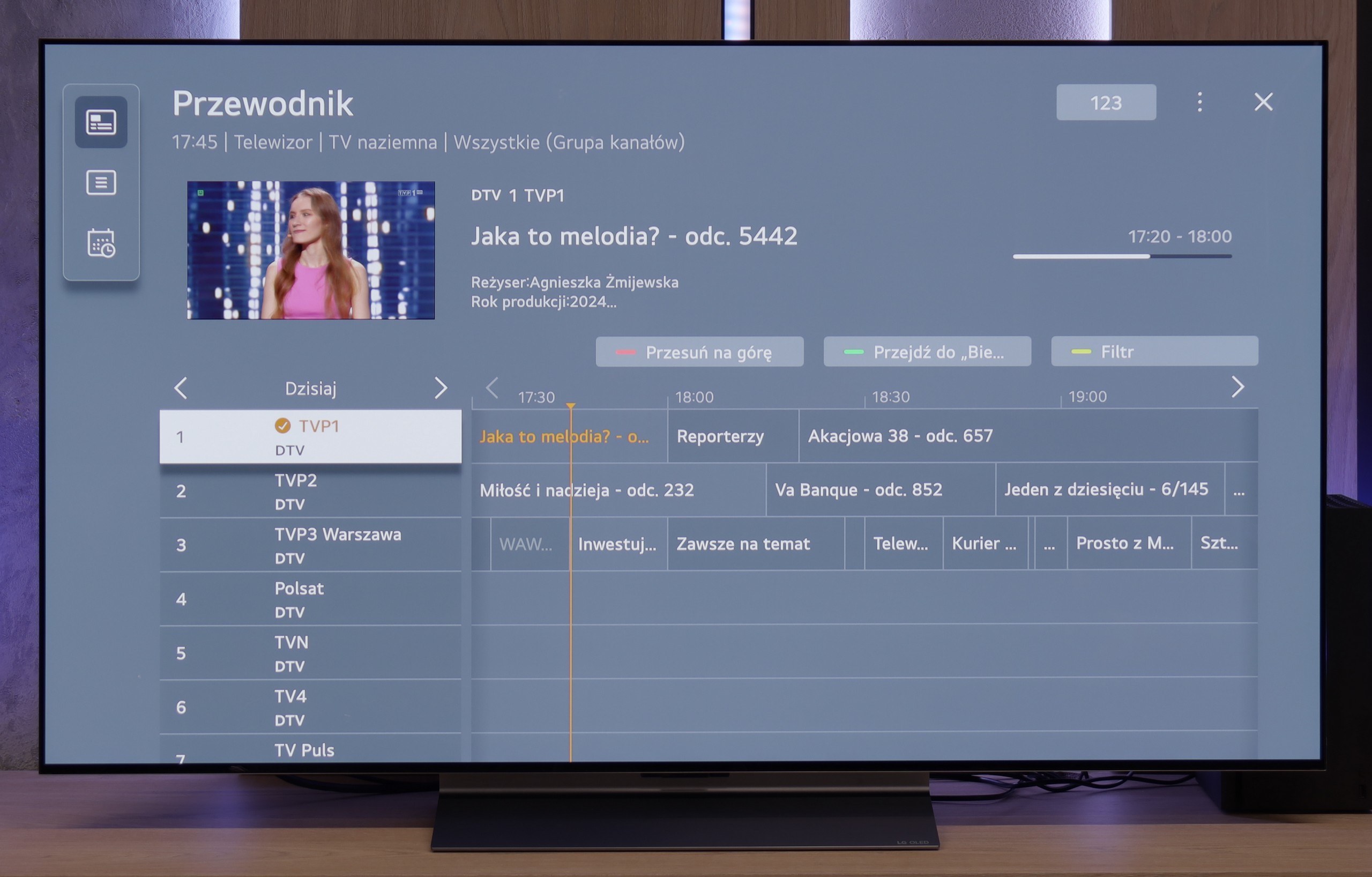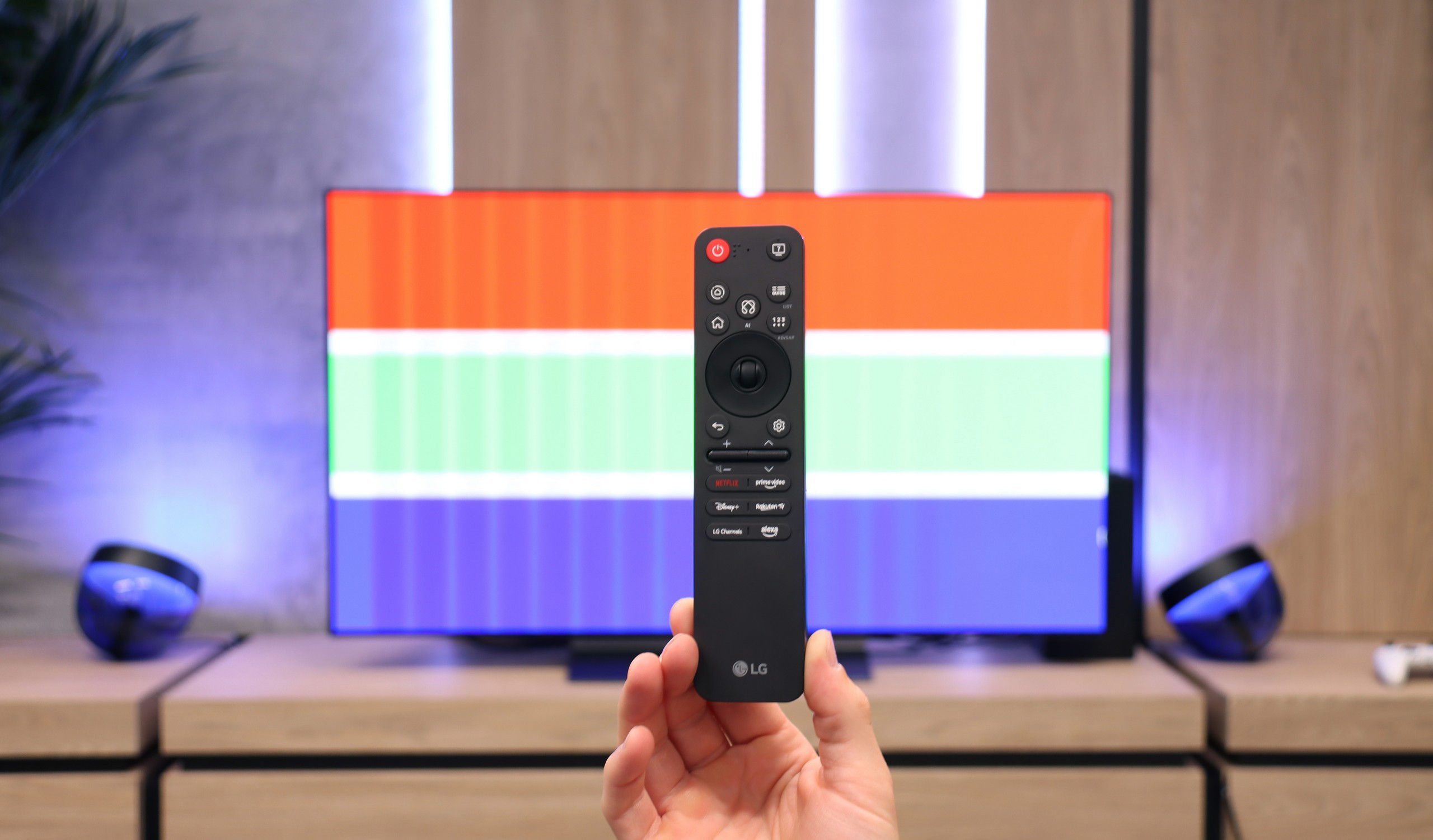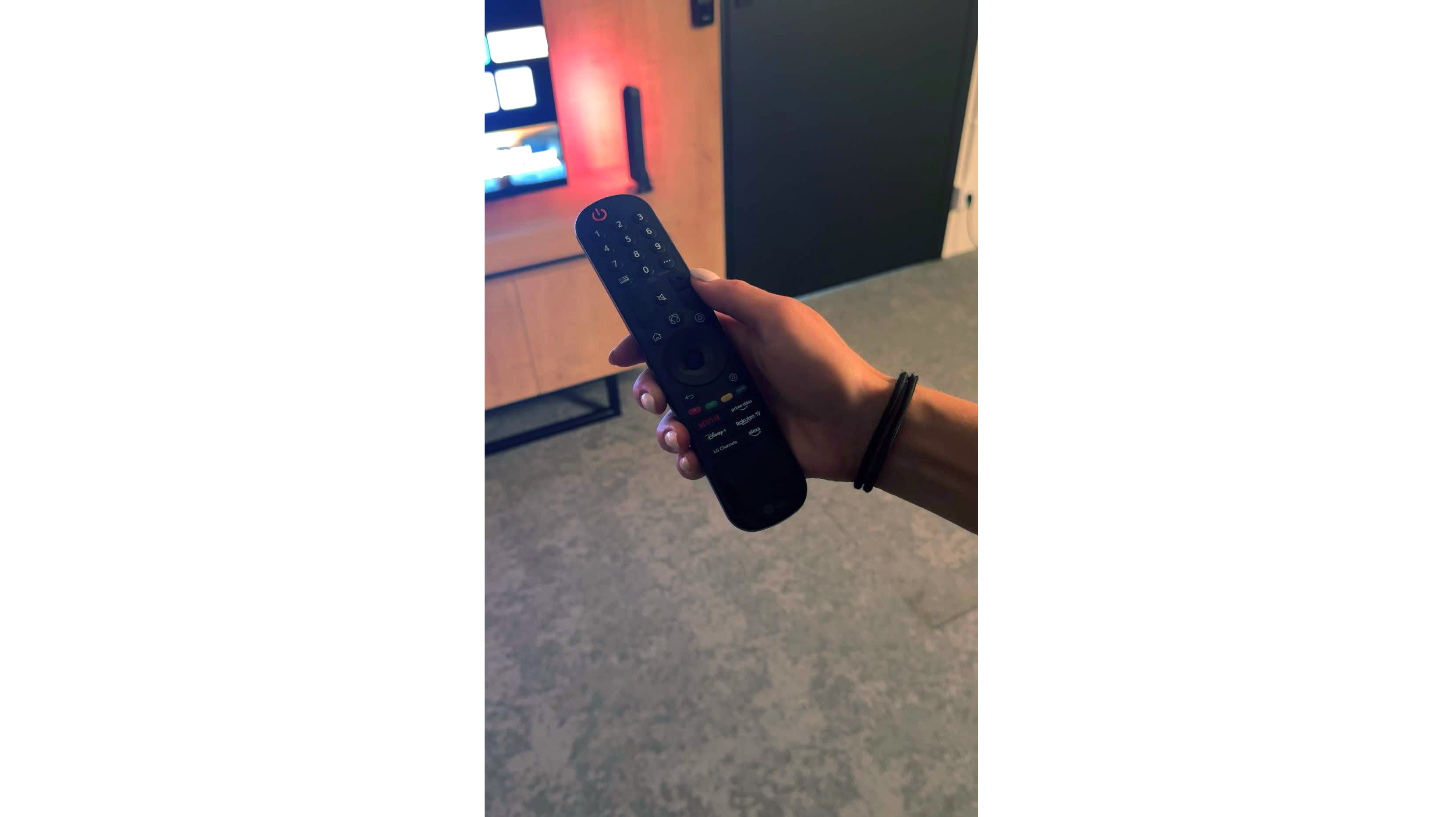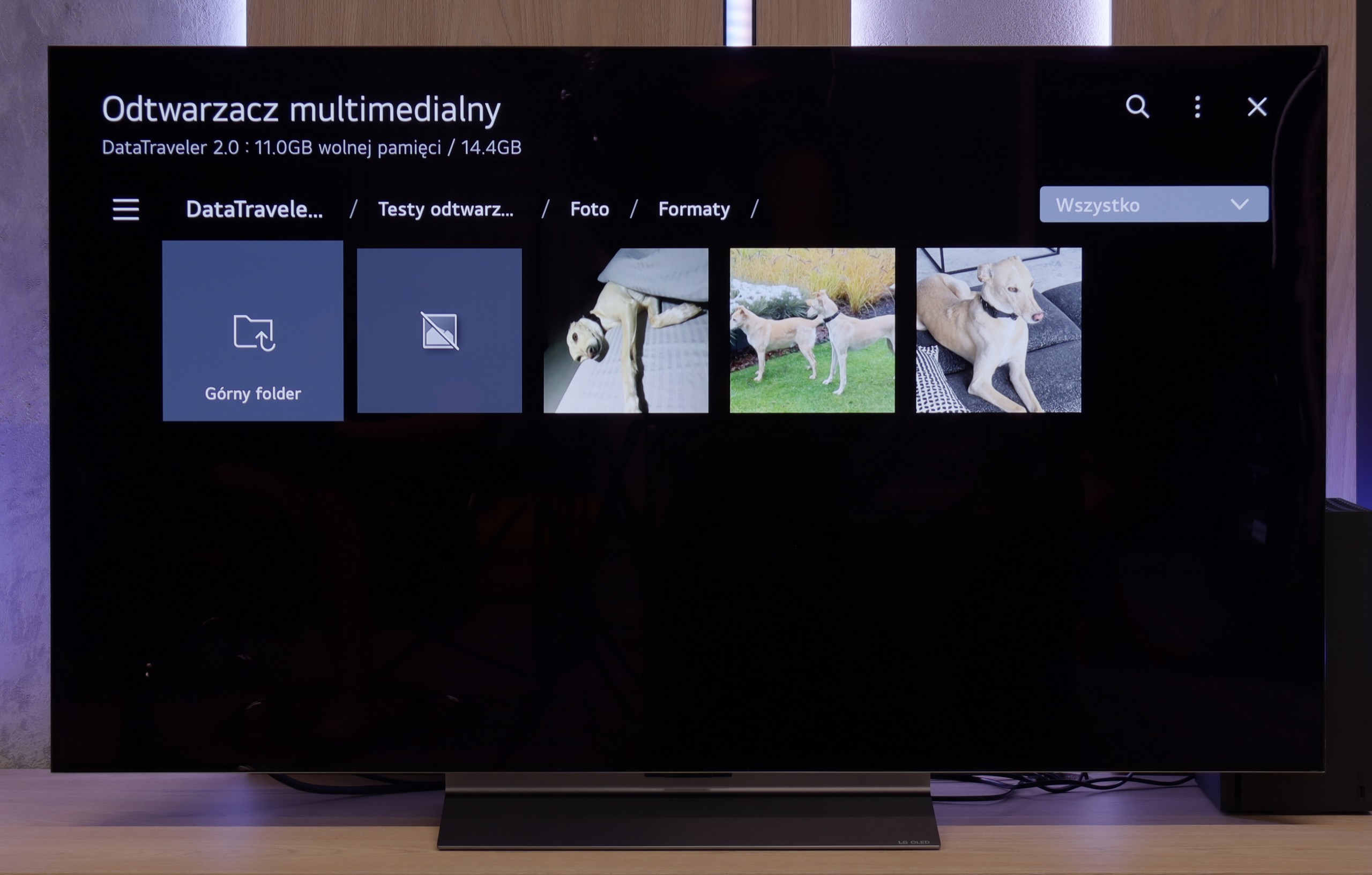Philips PUS8359 in 50" is a straightforward television, but offers sufficient features to satisfy many consumers. Its most notable feature, which is common across the brand, is the Ambilight backlighting. At this price point, this addition is certainly valuable and may be a deciding factor for many buyers. While it’s unrealistic to expect a flawless picture in this price range, some models offer more, and in our view, this television is one of them.
In particular, the quality of tonal transitions, colour reproduction after calibration, and performance when connected to a computer stand out. With low input lag, casual gaming is quite enjoyable. However, the unit does have its drawbacks. The low luminance in HDR content and limited DCI-P3 colour gamut coverage are noteworthy issues. That said, the dynamic tone mapping feature works efficiently.
While the contrast and black levels are not exceptional, they are certainly better than those found in units with IPS/ADS panels. The operating system is one of the better ones, though it is still being developed and lacks many features, which we will address in a dedicated section. Additionally, it doesn’t offer as broad an app library as its competitors, though this should change soon.
Who is the PUS8359 for? It is suited for anyone seeking a balance between quality and price.
LG C5 is a very successful continuation, and in several aspects, even a step forward compared to last year's model C4. The biggest change is the noticeably higher brightness – for the first time in the history of the C series, the barrier of 1000 nits has been surpassed, which significantly improves the quality of the HDR effect. Both movies and shows look more dynamic because of this, and bright scenes finally have the appropriate “shine.” After calibration, the image quality is almost reference-level, and one might feel like we are dealing with equipment much more expensive than its price suggests. C5 is also one of the best choices for gamers – four full HDMI 2.1 ports, low input lag, support for VRR, G-Sync, and properly implemented HGiG. Additionally, the 144 Hz panel makes not only gaming but also watching sports a pure pleasure. The convenient WebOS system and Magic remote with cursor control function deserve praise as well – everything works smoothly and intuitively. This is a TV that you simply want to use.
However, there are a few minor reservations. This year, LG decided to drop support for DTS codecs, which may be problematic for those using physical media and Blu-ray movie collections. It's also worth noting the confusion surrounding different versions of the remote – depending on the model designation, we may receive a completely different remote than the one we held during our tests. Despite these few remarks, LG C5 is a TV that impresses in almost every aspect. Brightness, colors, gaming features, image fluidity, and overall build quality make it one of the best OLEDs in its class.

